Mrs. Eleanor Roosevelt of the United States, chair of the drafting committee, holding a Universal Declaration of Human Rights poster in English. UN Photo (1949)
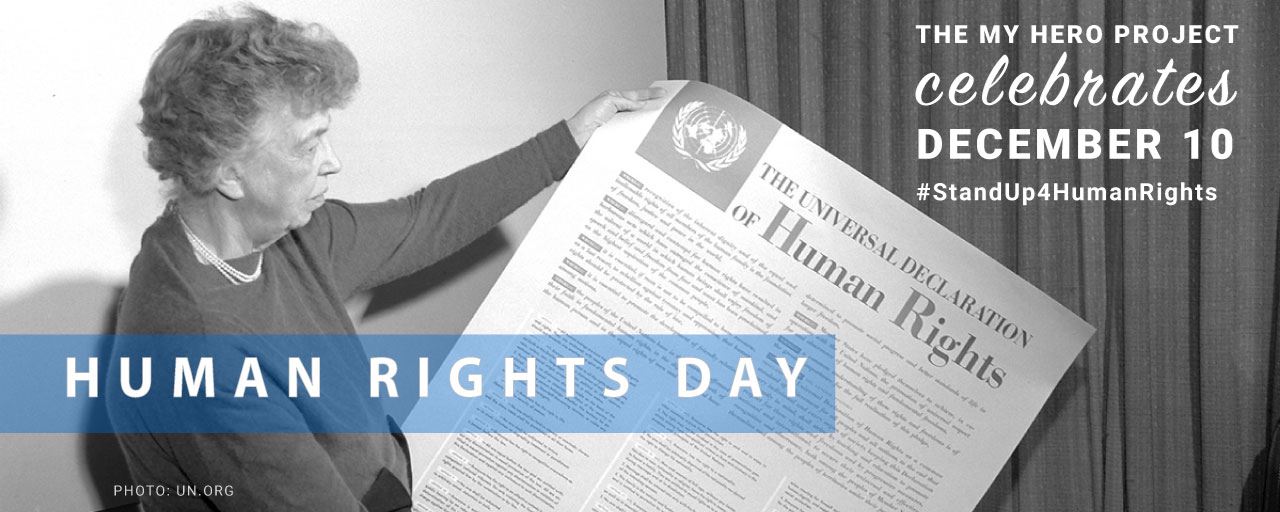
The United Nations General Assembly adopted the Universal Declaration of Human Rights on December 10, 1948.
The declaration sets out the fundamental rights of all people that must be protected. Everyone is entitled to these rights, regardless of race, color, religion, sex, language, political or other opinion, national or social origin, property, birth or other status.
The creation of this document, made by people from different backgrounds, was a historic milestone for human rights.
Lesson Plan: Learn about Human Rights through a Hero Story
This is a story about Civil Rights leader, Mary McLeod Bethune, who promoted education to help in the fight for racial and gender equality in the United States. Born in 1875, she was the fifteenth child of seventeen siblings and the first to have been born free. By her middle years, she had created the National Council of Negro Women and was serving as an advisor to President Franklin D. Roosevelt.
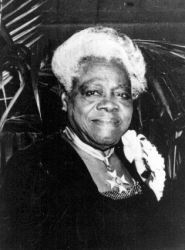
Mary McLeod Bethune used education
to help in the fight for racial and gender equality.
(1) How does this story communicate to others that one person with wisdom, strength, foresight and determination could establish the beginning of human rights for young African American children in the United States, against the traditional thinking and beliefs of her day?
(2) How important are stories about people who persist in making a major change in their social environment, based upon their strong belief in fairness and with foresight for their nation's health and welfare?
(3)What were Bethune’s personal traits that made her a hero?
(4) How can these stories, about positive role models who make a dramatic improvement for those left behind, encourage all citizens to think about how they can make a positive difference based on their own sense of fairness and the drive to propel exactly what needs to be done?
(5) How can a student or a class get to know the needs of other children at risk who might require encouragement and mentoring?
Stories about civil rights heroes like Mary McLeod Bethune inspire us to want to make a difference. Her lifelong commitment to the importance of education for the generation of children who deserved every chance to gain the skills necessary for life and to be treated with respect is one aspect of what makes her a hero.
Learn about Human Rights through Hero Artwork
Art Activist Tom Block began the Human Rights Painting Project in 2002 to raise awareness of human rights issues from around the world, as well as support the work of Amnesty International. Among the goals of that vital group are ensuring fair, prompt trials for political prisoners; abolishing torture and other ill treatment of incarcerated persons and ending political killings and "disappearances." It also seeks freedom for all "prisoners of conscience" — people who have been detained for their political, religious or other beliefs or their national or ethnic origin, color, sex or other status.
(1) How does Tom Block get the viewer to be sympathetic to his human rights subjects?
(2) What kinds of stylistic qualities does Block employ to draw the viewer in?
(3) What is an art activist? How does this kind of artist differ from other less politically or socially motivated artists?
(4) What other kinds of artworks successfully raise our consciousness for causes? Photographs? Posters? Short animated films?
By carefully looking at Tom Block’s portraits of Human Rights Prisoners/Victims, we see people who have been tortured or incarcerated or mistreated by the regimes under which they live and work to change. Their faces are expressionistically painted and distorted to draw attention to their inhuman treatment. Block also writes a lengthy explanation about each of his sitters to underline the individual plight of each of them.The combination of image and words is powerful in the case of the Human Rights Painting Project.
Learn about Human Rights through a Hero Film
Watch these three Human-Rights themed films which will run about 15 minutes. Prompts for class discussion follow.
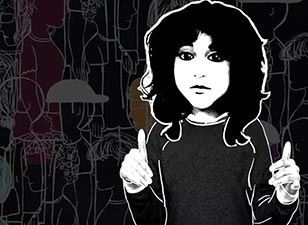
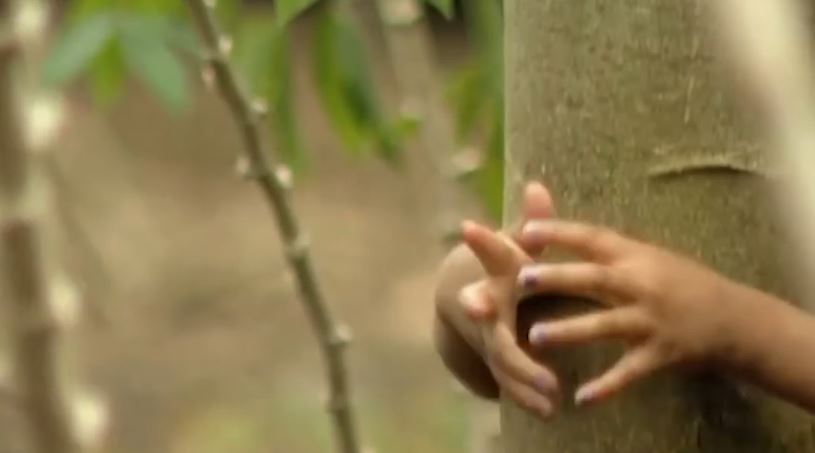
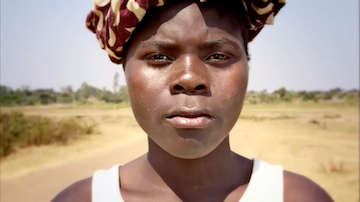
(1) Why are Human Rights important?
(2) Who are the heroes in these films and why?
(3) Can filmmaking be a form of activism? How?
(4) Did you know that young workers had rights?
(5) Which of these films is most impactful in the world at large? Why?
(6) Which of these films impacted you most personally? Why?
After viewing these films and having a discussion the students will have a greater understanding of how widespread this issue is. Students will also be informed to stand up for their own rights and the rights of others in their communities.
Illustrated Version of the UN Declaration of Human Rights
Illustrations by Yacine Ait Kaci (YAK)
This illustrated edition of the Universal Declaration of Human Rights (UDHR) is published by the United Nations in Arabic, Chinese, English, French, Russian, and Spanish.
Learn more about Human Rights Defenders from MY HERO's library of heroes

Learn More
MY HERO Celebrates Human Rights Defenders

United Nations Human Rights Day
Learn more about Human Rights Day from the United Nations website.
 Human Rights Watch
Human Rights Watch
Human Rights Watch was established in 1978. HRW is a global non-profit, non-governmental human rights organization. Human rights professionals like country experts, lawyers, journalists, and academics investigate, create reports and advocate for the protection of human rights and justice.

Human Rights Campaign
Human Rights Campaign is the largest LGBT civil rights advocacy group in the United States. Their mission is to protect and expand LGBT rights, especially marriage equality, laws to fight discrimination and hate crimes, and advocacy for HIV/AIDS.
Organizer created on 10/25/2019 1:32:19 PM by Anthony Pouw
Last edited 10/25/2019 1:33:06 PM by Anthony Pouw